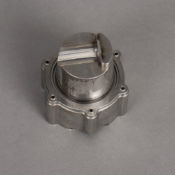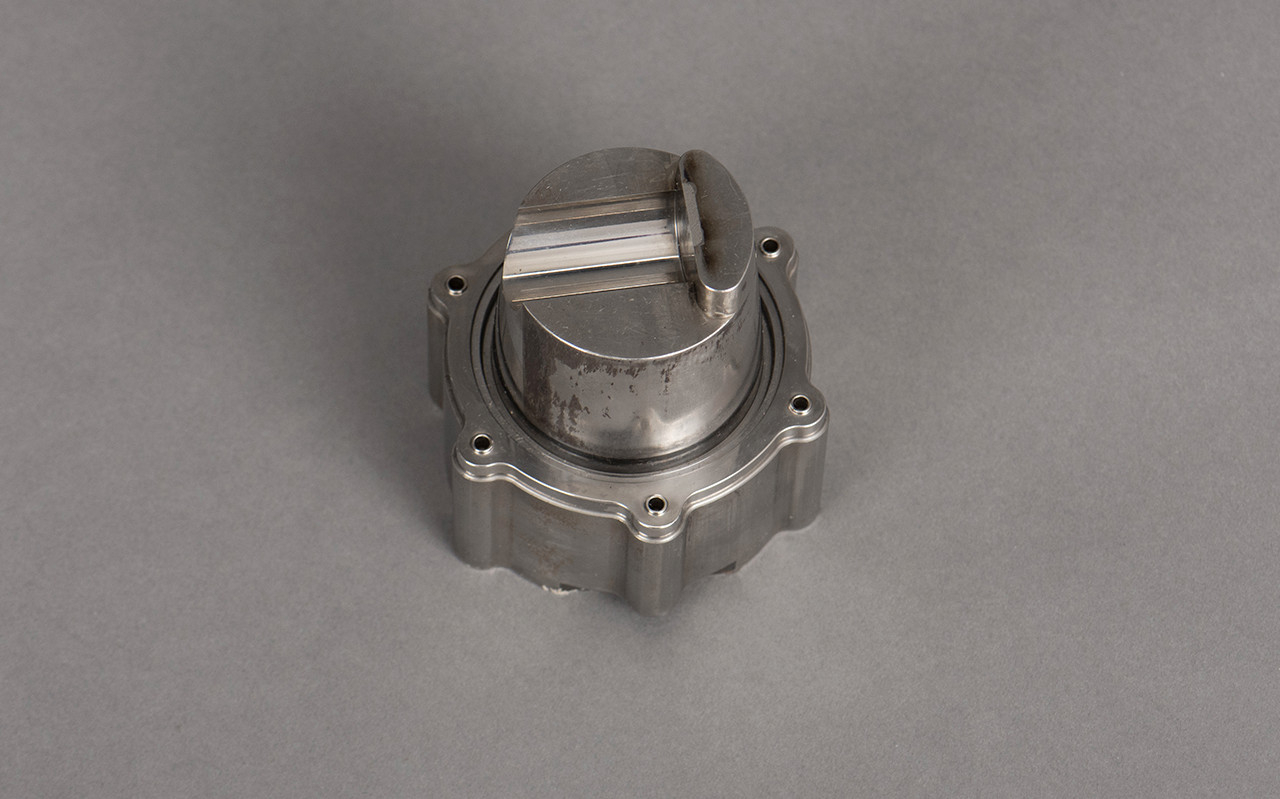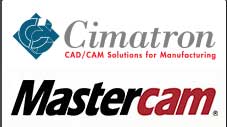 Read on to learn why you should consider making your parts using Metal Injection Molds.
Read on to learn why you should consider making your parts using Metal Injection Molds.
Design Complexity
If you like the design freedom you get from plastic injection molding when creating plastic parts, and you want the same for producing metal parts, then you should consider MIM. This is because plastic molding and MIM are alike on the design complexity front.
The main difference is that plastic injection molding produces plastic components, while the MIM produces metal parts. As such, you can incorporate angle holes, cross holes, splines, side holes, undercuts, and grooves in your parts. Additionally, the MIM production method is capable of producing whole parts rather than creating separate parts that are joined together post-production.
Small Size
MIM production method uses fine powder to manufacture fully dense metal components. As such, this production method is best suited for parts that weigh anything from 0.1 to 250 grams.
Production Volume
Under the right circumstances, MIM is a cost-effective production method. When producing the right quantity and the right size parts, the cost of part production is significantly low. To accrue the highest cost-benefit, the production run of the parts should be between 10,000 and 20,000. Producing less than 10,000 items will not yield the cost-benefits anticipated from using MIM.
Properties
As noted above, when the MIM process is carried out correctly, the end product is a near fully dense or fully dense metal part. This makes the MIM process particularly beneficial when creating components that are too small, too delicate, or too detailed for machining out of stock. When done right, you can get 98% part density when using MIM compared to the 100% when using conventional machining.
Economical
MIM uses the exact amount of materials needed to create the part. This is unlike traditional machining, which cuts existing materials from stock to create the necessary parts. MIM does not waste materials.
Limitations
While MIM is beneficial, it is not applicable to the production of every part. Consulting with Preferred Tool specialists will help you decide the right process for your components. Below are some of MIM limitations to be mindful of.
The most significant limitation is the extensive post-processing you need when creating parts. For instance, the parts need to undergo a binder removal process in post-processing to remove the excess binder on the metal part after its formation.
Design Considerations
As noted above, MIM is most suitable for manufacturing parts between 0.1 and 250 grams in weight. Producing larger and heavier pieces will most likely increase the cost, negating the cost-saving potential you get from using the MIM process than other metal fabrication methods and processes. Other design considerations to have in mind include:
•The wall thicknesses should be at least 0.13 mm.
• The wall thicknesses should not exceed 12.7 mm.
For more information on MIM, contact Preferred Tool. We will help you determine whether MIM is the best manufacturing process for your parts.


